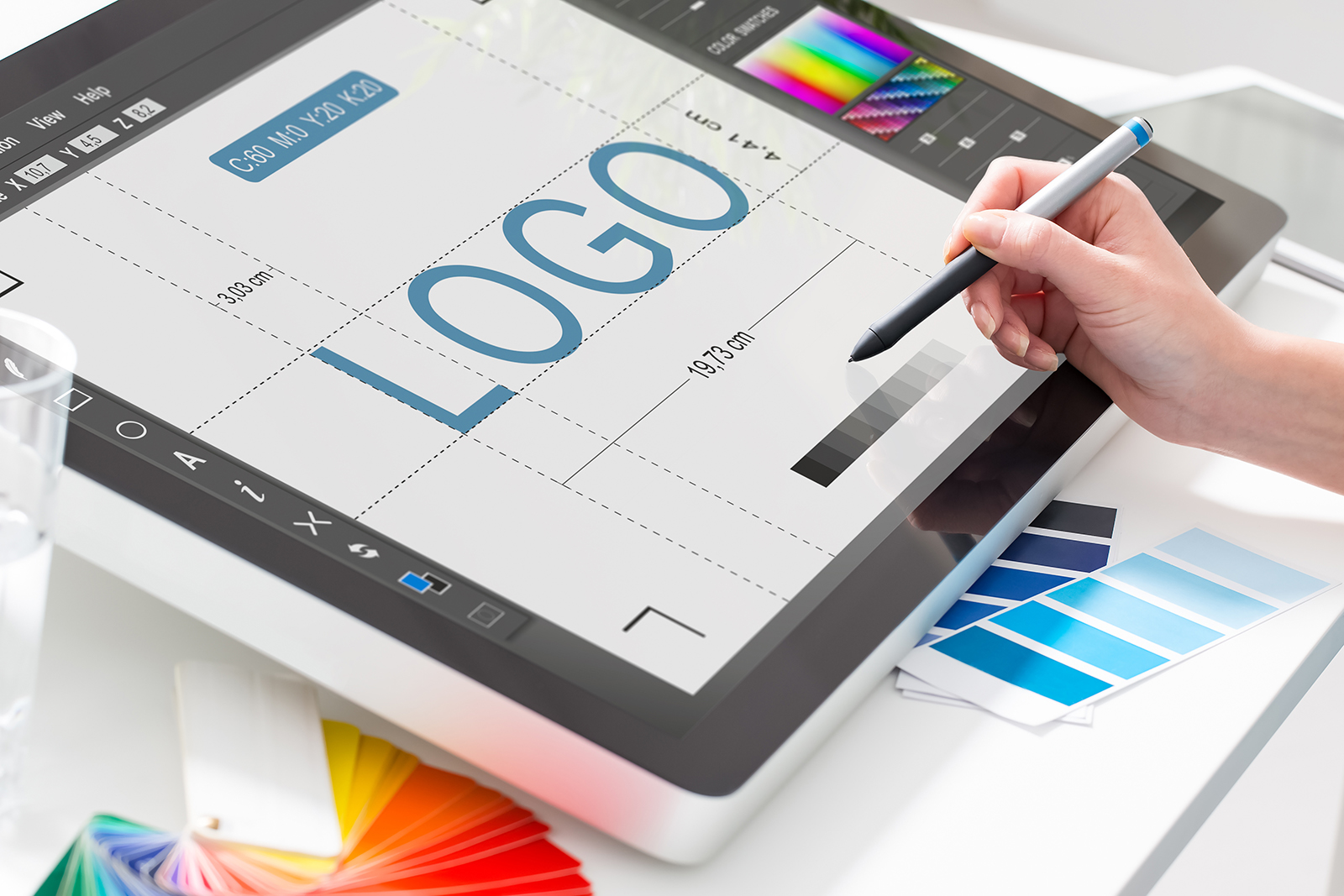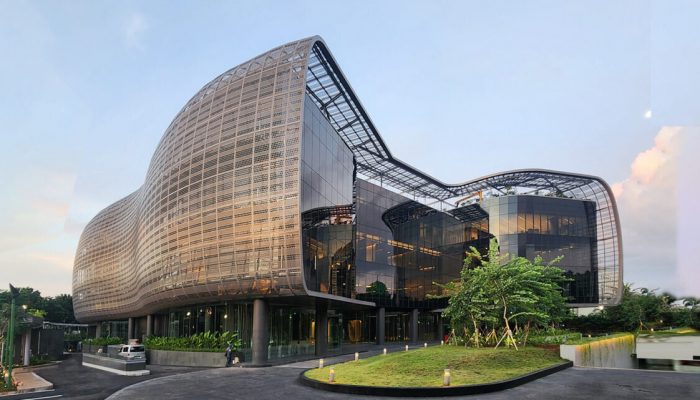What is his major?
Graphic Design.
Sure, good at drawing!
Have you ever experienced or heard a conversation like the one above? Don't be surprised, it's true. Actually, anyone who works in the field of Visual Communication Design (CCD) or Graphic Design must have had a conversation similar to the one above. But actually, graphic design is more than just being good at drawing.
This major is often found within the discipline of Fine Arts or Design. It can be said that graphic design is a popular major. This design science explores the concept of communicating creatively, then conveying the message behind the work by utilizing visual elements, as well as the right media. In addition to conveying a specific message, graphic design also teaches you to influence someone's behavior by processing it effectively, informatively, and communicatively.
Learning the concept of communication is the foundation of graphic design. Here, you will learn how to develop visual language in different media, such as images, videos, interactive media. Graphic elements such as wording, shape, composition, color, and layout It also plays a big role in conveying the message well. Being able to be understood easily is also a peer of the graphic designers. This "derivative" of graphic design is very broad!
Function and Purpose
1. Identification

A picture is worth a thousand words.
It is the same with the identification of a private or commercial company. Identity or branding It represents everything, the field, the quality, the selling points, the vision & mission, and the story behind the company. Apart from representing many aspects of a company, identity is the thing that sticks in people's minds the most. Therefore, the process of creating brand identity usually takes a long time.
2. Information Container

Traffic lights, directions, maps, and symbols are some of the things that people refer to. Some things that Written That's an example of the results of good, universal, easy-to-understand, and clear visual communication design.
3. Promotion

Aimed at those of you who are building your own business. When you have fulfilled numbers one and two, the last thing you should make sure of is Has the message been conveyed in an interesting and understandable way to the target?
Position yourself as the target, and assess whether the implied message is persuasive enough or not.
Graphic Design = Visual Communication Design?
Now, graphic design science is in the curriculum of the DKV department. So actually the two are siblings. If graphic design became a very popular major when there was no internet, DKV focuses on creating digital-based designs. The results of DKV are also more adaptive, responsive, and not infrequently, interactive.
Component DGraphic Design
1. Color
One of the most important elements of a design. It is often recommended for every designer to start everything by using black and white colors. The selection and combination of colors that are right and harmonious will give a more beautiful impression.
2. Typography
Good typography is typography that is easy to read, provides a beautiful overall aesthetic, and has a character that is in line with the message to be conveyed.
3. Illustration
It is divided into two types. First, illustrations made by hand or computer can be present as a complementary component. And secondly, illustrations can also take the form of a collection of pixels from a camera lens.
4. Symbolism
Besides being a universal form, logos on companies are also referred to as symbolism. Think about it, the McDonald's logo around the world is the same, right?
5. Layout
The display of information, often seen in magazines, books, websites, smartphone, poster, billboard, and so on. On a layoutYou have to determine where the first focus is, and the flow.
6. Sound
In interactive media, the sound element is a complementary component. The presence of sound will increase the target's memory to remember the message. Sound is used to liven up the atmosphere, and to explore the emotions of the target.
A graphic designer often works to accommodate the requests of other parties, such as clients. There are many works of graphic designers, which you often see in your daily life. For example, advertisements (digital and print), posters, magazines, catalogs, brochures, business cards, menus, food boxes, slogans, and so on.
Diverse in its work, extensive in its scope, among them are:
1. Advertising (Advertisement)
2. Corporate Identity (Business Identity): Logo, slogan, letterhead, business card, media kit, etc.
3. Environment Graphics (Neighborhood Markings): Malls, universities, offices, hospitals, bus stops, airports, and other public facilities.
4. Media Graphic Design: Books, magazines, tabloids, newspapers. Often found in the publishing or editorial industry.
5. Comics (Picture Story): Children's storybooks, comics.
6. Industrial (Industrial Graphics): Product packaging
7. Multimedia : Banner, backdrop, Stickers, megatron, billboard, etc.
8. Photography (Photography)
9. Interactive Media (Interactive Media): Website, application smartphone, game.
10. Illustration (Illustration) : Visuals to complement the information.
11. Television (Television Station)





